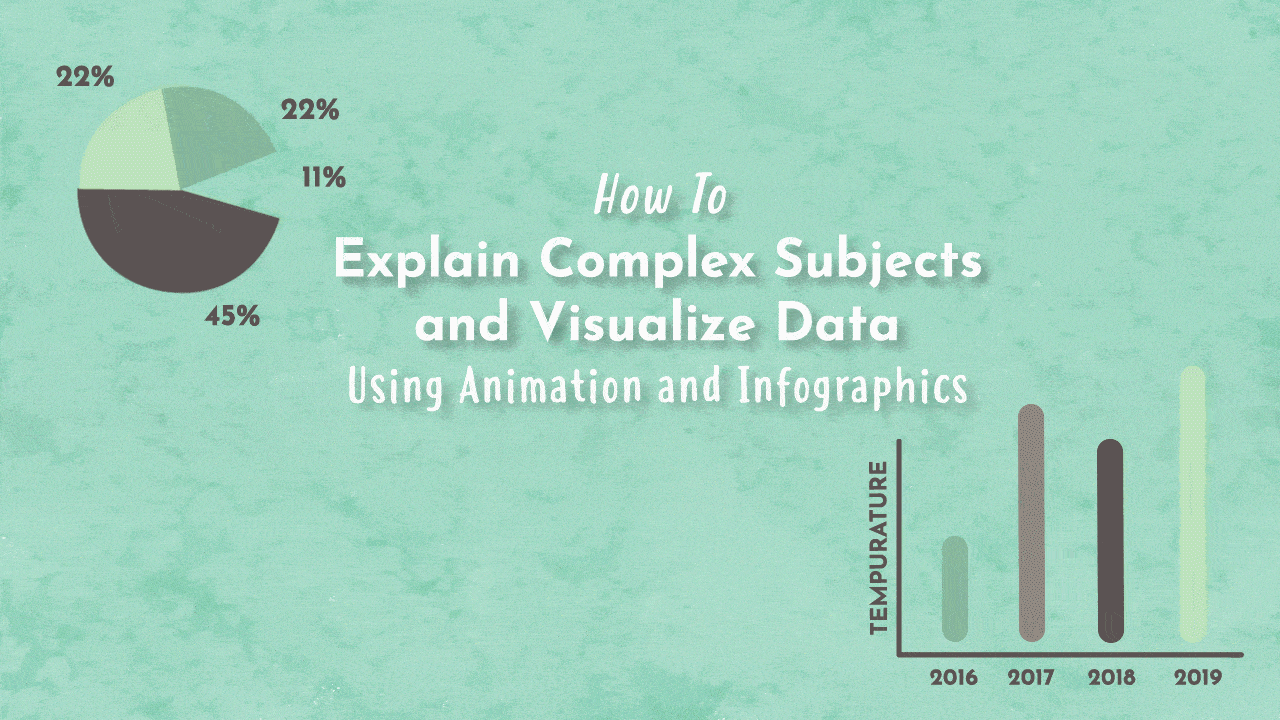
Say you have a very important message to explain, whether it be to investors, employees, customers, or students. No matter who your audience is or how knowledgeable they are, simple, clear information helps us learn. It’s how all of our brains work. When talking about complex information with high stakes, why not shape data into the most comprehensive form? Here are three ways to simplify your information without losing professionalism.
1. Limited but engaging color palette to represent data. Your data right now might be represented in a bar graph or as a plot point. While this is simple, it might not be engaging. Using contemporary colors and shapes that bring meaning to the data will better drive in the message to your audience. For example, when talking about the prisoner’s daily life in a Swedish prison design, Vox represents the prisoners as moving circles and the guards as squares.
Context is important when thinking about representation. A great example is the website Poppy Field.org, where designer Valetina D’Efilippo uses the symbol of a poppy to represent the number of deaths due to global conflicts over time. The poppy is appropriate not only because it’s a symbol, but also because it shows much more reverence than plot points to represent human lives.
2. Relevant and appropriate design and music choices. This is where it’s very important to think about your audience. Who are you trying to engage? Of course more sobering or intense topics deserve music that is softer and colors that are more solemn, just as the Men’s Health video on How a Bean Becomes a Fart deserves bright colors and sounds to match its goofy – yet informative – nature.
3. Keep it short. While the data represented in a video can take months or even years to collect, it’s likely that you will have more engagement with important data when condensed into video form, rather than passing out a 100 page report on a topic. Not only will it take less time to absorb meaning, but it will also take less time to pass it on to another potential viewer.
A great example of this is in John Green’s Crash Course series. The writers for this series did an excellent job in condensing a ton of information into a comprehensive quick guide, which were heavily studied the night before many High School AP History Exams.
At Next Day, we understand the importance of your data and know the best ways to translate it visually. Using intentional, engaging design, we do more than present data: we tell the data’s story.
Check out some infographic videos that we took part in!


